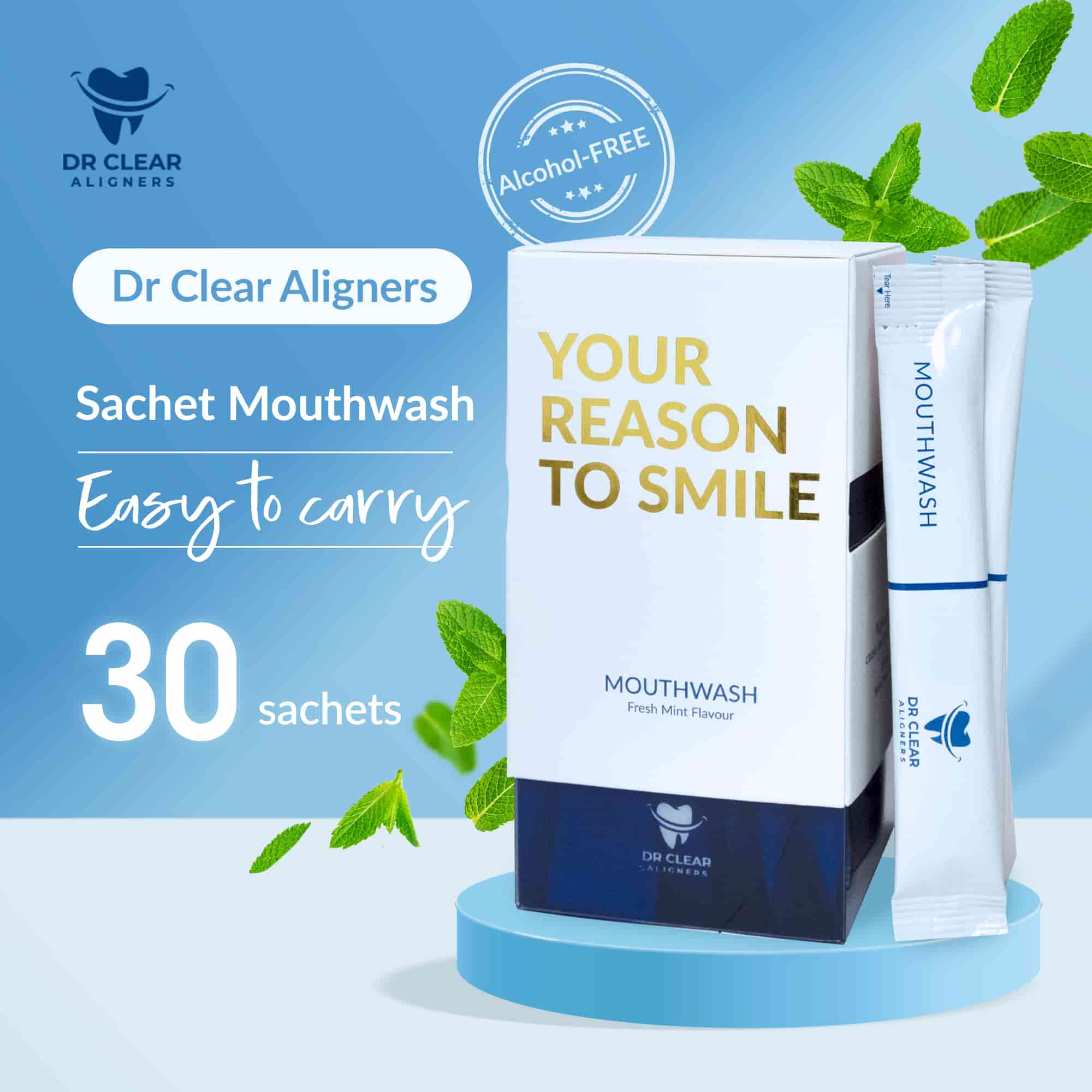How To Clean Mouth After Eating

Oral hygiene maintenance plays an essential role in our life because the oral cavity is the gateway to everything we eat, drink or take in our daily life. To maintain our oral hygiene, merely brushing our teeth twice a day is not enough.
Rinse after eating
Rinsing your mouth with water is the minimal thing you can do to maintain your oral hygiene if you don’t have a way to brush your teeth at school or work after lunch. By doing this, it can remove food particles left on teeth and reduce acids. This can also remove lingering sugar that will cause the formation of plaque which leads to cavities.
Drink water
You can take a bottle of water with you along the journey to maintain the wetness of your oral mucosal. Also, to reduce the acids produced by your mouth’s bacteria. Acids wear away the enamel that protects your teeth, a process known as tooth erosion. This changes the appearance of your teeth and opens the door for bacteria that can cause cavities or infection.
Store Mouthwash
You can also keep Dr Clear Aligners minty fresh mouthwash in your office desk in your drawer or carry it along your journey. Mouthwash can be used in controlling bad breath, reducing cavities, receding gums, avoiding dry mouth and plaque building up. However, rinsing your mouth with mouthwash is not a substitute for brushing and flossing. It is just one of the options that you can do when you are on the go. - this is good.
Bring Floss Along
You can always bring floss with you or keep it in your bag when away from home or the office. Flossing offers a quick and convenient solution to clean your teeth if you are on the go after a meal. It can remove plaque and food particles from the areas of your mouth that the toothbrush can’t reach. Unlike brushing which requires a sink and time to complete, floss, you can use even when you are sitting in traffic or at your desk.
Chew Sugar Free Gum
Chewing a piece of sugar-free gum could be an effective way for on the go oral hygiene. It can freshen your breath with minty flavour and remove a tiny piece of food that stick between your teeth. Chewing sugar-free gum can also stimulate saliva flow in your mouth, while saliva flow carries calcium and phosphate that helps to strengthen your tooth enamel. It would be even better by chewing gum with xylitol which can help in reducing plaque and prevent bacteria from sticking to your teeth.
These oral hygiene tips are just a quick fix while you are on the go. They are not the substitution for thorough brushing and flossing that you should do every morning and night. No matter how busy you are, your teeth still require care in your busy day. Healthy teeth and gums can make you feel better, eat and talk more comfortably, and also save your money on dental health issues in the long run.